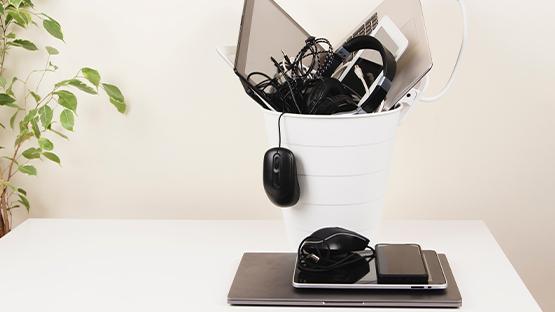Glass recycling - how is it done and what does it look like in practice?
Ekologia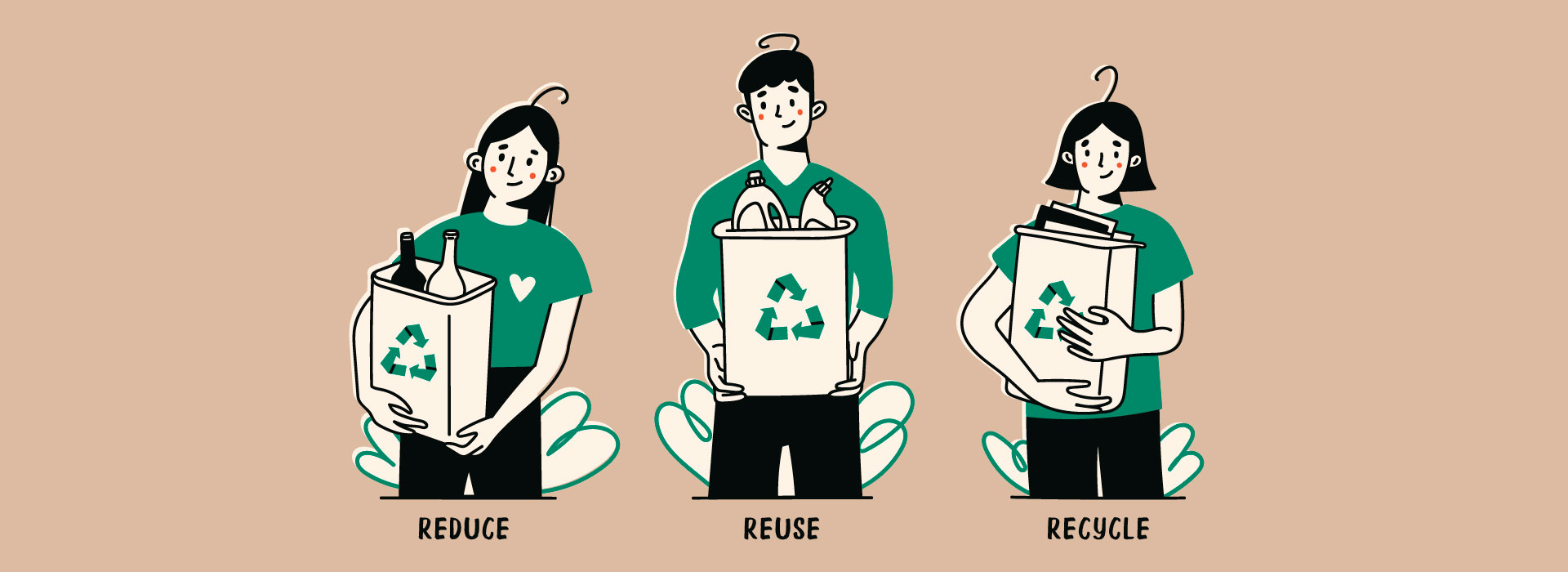
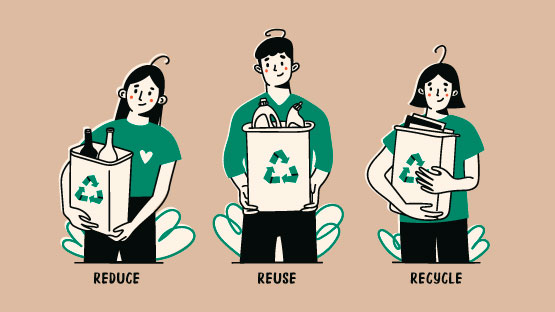
27 January 2023
Glass is a material that can be recycled very well. The whole process helps the environment and is also economically viable. This is because recycled glass does not lose its properties and is a widely used secondary raw material. What does glass recycling look like in practice?
Glass recycling - what does it involve?
Glass recycling begins in the sorting plant. In its first phase, glass waste is sorted by hand and then contaminants such as residues from cosmetics or food products are removed.
The next step is to strip the waste of all items made of other plastics, followed by careful segregation into colourless and coloured glass. Electro-optical separators are used for this purpose. These are devices equipped with special sensors for the rapid recognition and separation of plastics.
At this stage of the glass recycling process, it is not enough to distinguish between coloured and colourless material. It is also necessary to differentiate coloured glass into green and brown glass. The material is then crushed thoroughly, resulting in so-called cullet.
Afterwards, the crushed glass is cleaned again - first at the preliminary stage and then with the help of ferromagnetic separators. These remove ferrous metals from the cullet and enable it to be further crushed into even smaller pieces.
Next, any impurities are again removed from the crushed material, which at this stage is done using a special sieve, separators and sand. Finally, the cullet is re-sorted on the basis of its colour and then smelted in a smelter.
It is worth emphasising that glass recycling does not involve washing glass chemical and food packaging, applying new labels and caps and then putting it back on the market. Indeed, this misrepresentation raises many doubts about the safe use of recycled glass. 
How does glass recycling affect the environment?
The spread of the practice of recycling flat and container glass certainly has a positive impact on the environment. Above all, it translates into the production of smaller landfills, which contribute to soil and water pollution, among other things. Scientists estimate that glass needs more than 4 000 years to decompose. It is therefore more advantageous to process it and put it back into circulation. All the more so as the entire process has no impact on the quality of the plastic.
Furthermore, a carbon footprint is created during glass production. This is due to the need to process the material at high temperatures, for which a large amount of energy is required. It should be emphasised that glass is a material that can be recycled in its entirety. In addition, no matter how many times the recycling process is carried out, the aggregate will not lose its properties in any way. InPost is also helping to reduce its carbon footprint. Thanks to deliveries to Paczkomat machines, carbon dioxide emissions are reduced by up to 75% compared to delivering parcels directly to customers' homes.
In addition to the environmental benefits of glass recycling, it is worth noting the economic advantages of glass recycling. A business based on the recovery of glass can be quite profitable and translates into savings in raw materials such as silica sand, lime and water. A lower temperature is also needed during the re-melting of the aggregate compared to the production process. Consequently, less energy is used in the recycling process and carbon dioxide emissions are reduced. 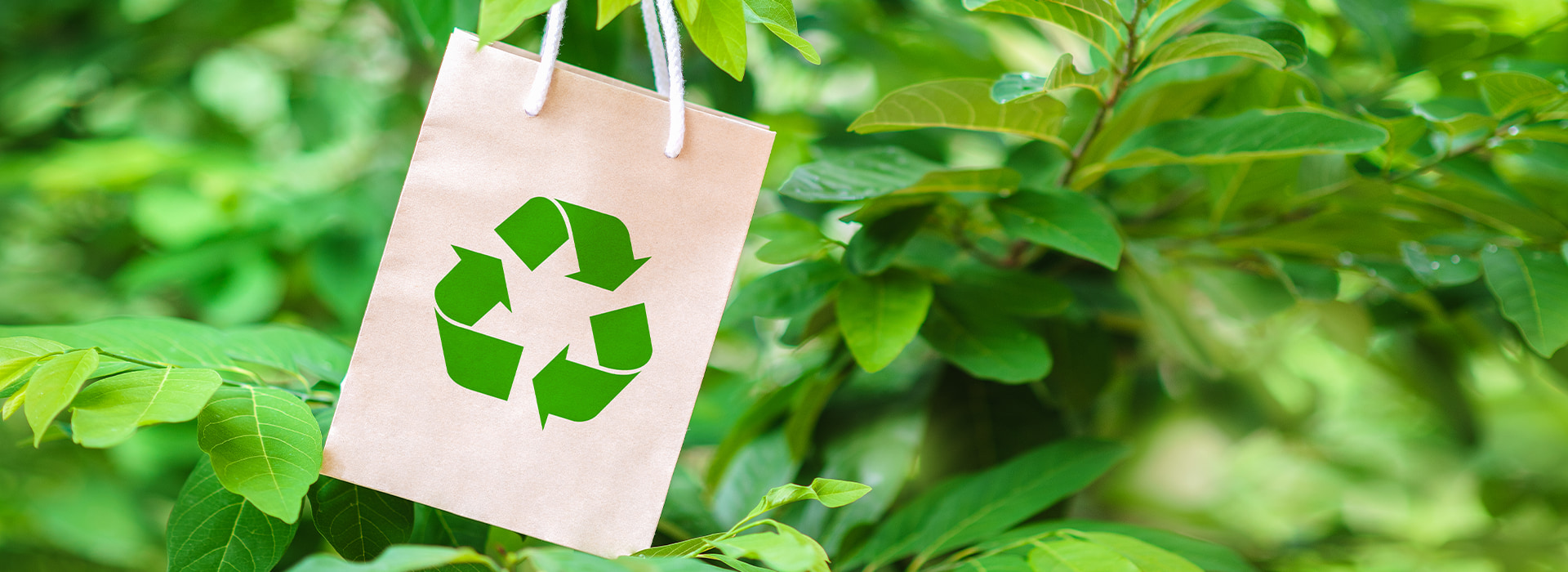
Where can we dispose of used glass?
Segregating glass waste is a valuable habit that translates into facilitating subsequent recycling processes and, consequently, caring for the environment. In principle, segregating glass is very simple. All glass bottles of drinks and other liquids, cosmetics packaging and jars should be put in the green container.
However, segregating waste such as broken porcelain, mirrors or light bulbs can be problematic. The first two should go in the mixed waste bin. In the case of light bulbs, it all depends on the type. Ordinary light bulbs can be disposed of in the mixed waste bin, while energy-saving light bulbs such as fluorescent lamps should be disposed of in special waste bins or dedicated bins found in many lighting shops.
Nor should candles land in green glass bins. This is because they are made of a different glass than glass jars or glasses. This material has a different melting point, so mixing it with soda-lime-silicate glass, which is commonly recycled, could make the whole recovery process very difficult.
What is recycled glass used for?
Many people wonder what is produced from recycled glass. It is a circular raw material that can be recycled any number of times. Therefore, the recycling of glass bottles results in the creation of new ones. When these are used up, they are recycled again and the whole process forms a closed circuit. However, there is no rule that articles made of glass must be recycled into the same type of product.
In fact, recycling aggregate can result in the production of containers, recycled glass glasses, jars and even kitchen worktops. It all depends on what products are in demand. In addition to this, more and more companies are now opting to use grit, fibreglass or ceramic mass, which are also recycled.
The use of recycled glass for less obvious items is also very popular these days. These include decorative soap dispensers, candle holders, Christmas tree baubles or vases made from recycled glass.
Recycling waste glass involves breaking it down thoroughly, cleaning it many times and then re-melting it at very high temperatures. Any recycled packaging is therefore fully hygienic and safe for use.
Czytaj również

Where to donate your clothes? Give them a second life together with InPost!
Where to donate clothes you no longer wear? Instead of throwing away good clothes, it is worth donating them to others for further use. Do...
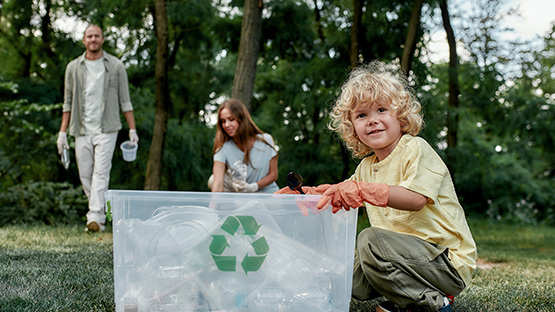
Where to donate toys you no longer need? We have a good way to do it!
Quite a few children have rooms full of toys. They receive more gadgets from grandparents, parents or aunts and uncles. Sometimes the obje...


